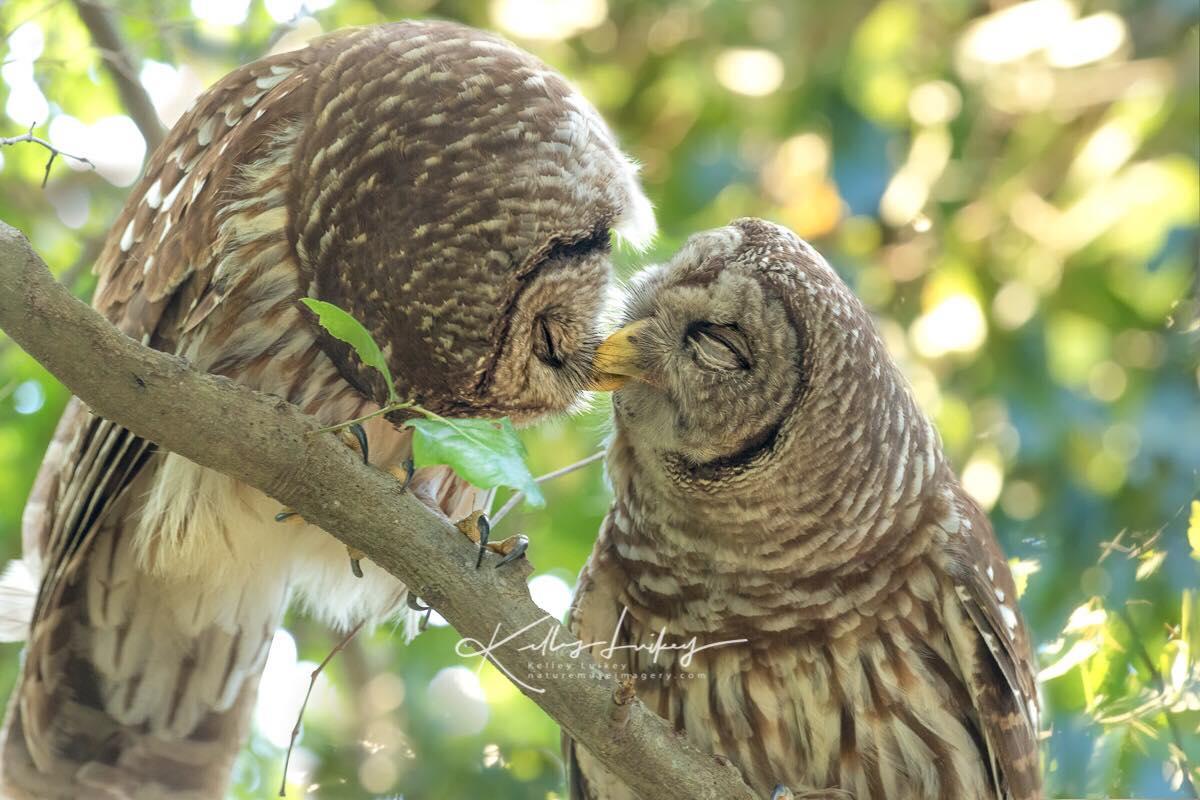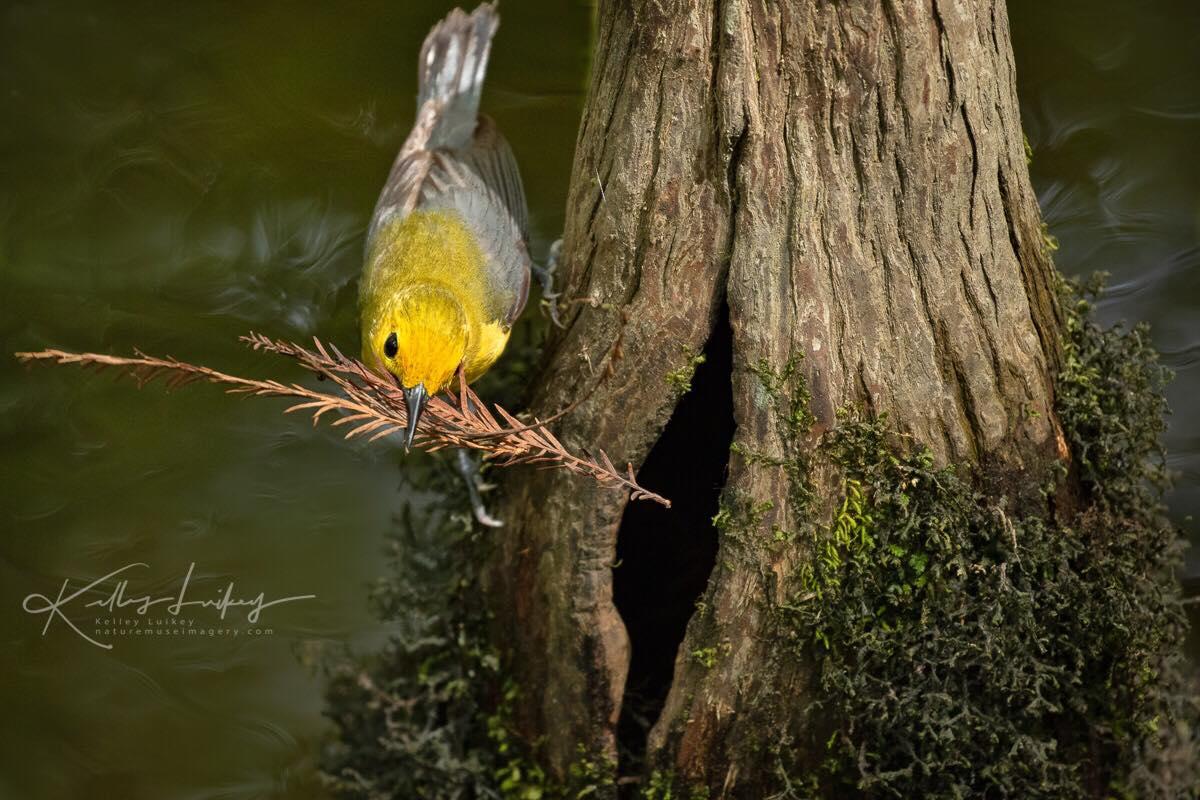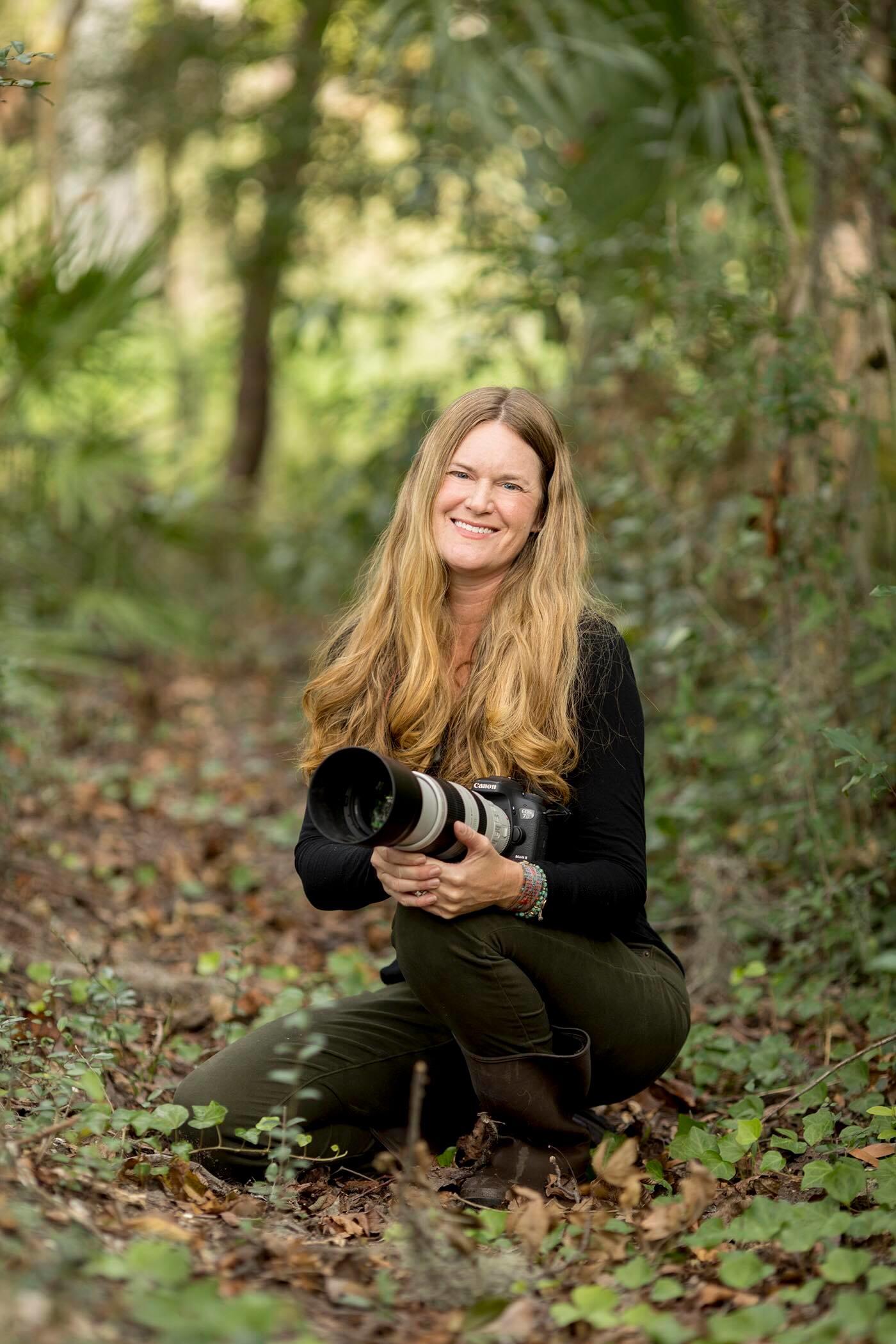Whether you classify yourself as a birder or a photographer, I will guess that you are interested in getting closer to your subjects. I will also guess that technology now plays a big part in your birding. There are many beneficial tools out there that can elevate our understanding and appreciation for birds - but there is one that I see frequently used inappropriately while out in the field. Bird call recordings can be useful learning tools, but using them in the field to lure birds to come closer is a controversial and debated topic among birders. If you choose to use recordings in the field, it is important to educate yourself of the possible harmful effects and to use them ethically.
I am a photographer who primarily focuses on birds. In the past two years, I have found two birds in our area that were of interest to birders from across the state. A Great Kiskadee at Bear Island and a male Painted Bunting that lacked red plumage at Botany Bay. I learned how rapidly news of unusual birds gets around and was disheartened to hear that both were called in continuously by many birders and photographers in order to get a glimpse or a shot. Thinking of these birds being called in repeatedly, day after day, was upsetting to me.

The American Birding Association Code of Birding Ethics states that birders should “limit the use of recordings and other methods of attracting birds, and never use such methods in heavily birded areas or attracting any species that is Threatened, Endangered, of Special Concern, or is rare in your local area.” While many of us instinctively adhere to this, there are many who honestly do not know the potential risks to the birds or how to use recordings ethically. There are areas such as National Wildlife Refuges where using recordings is illegal and should never be used. However, in the majority of birding areas, the language is vague or there is no policy and in these cases, it becomes tricky. It is up to each person out there to do their research, ask if it is allowed and weigh the pros and cons, and act accordingly.
I personally do not call in birds at any wildlife management area, refuge, sanctuary or park. Since I have no idea how many people have been there before or will be there after me, I feel as though a bird in these areas could spend much of its time responding to a call or a threat that does not exist instead of doing what it should be doing. Eating, finding a mate, preening, feeding young or resting. Songs are powerful forms of communication for birds and any one of us with a Bird call app can easily push a button and entice a bird in to come closer. I’ve seen people do this over and over again in an effort to see a particular bird or to get a shot. The bird appears, retreats and the button is pushed again and again and again. While research on what this does to birds is ongoing and mixed, it is only logical that it interrupts the bird and is something that we all need to use responsibly.

For those who do choose to use recordings in areas where it is allowed, there are a few simple guidelines that should be followed. If there are others in the area or you are with a group, it is a good idea to ask if anyone minds you using recordings. If it is agreed upon by everyone, only one recording should be used at a time. The volume should remain low and the frequency and duration should be short.
Technology is here to stay and using bird calls in the field is a widely used way to see secretive birds, identify a species or to get a shot. I hope that you will consider the challenges birds already face and whether the use of recordings is appropriate for a given situation. Obeying regulations, educating yourself on the potential harm that recordings can cause and using them ethically is something we all should be doing.

Kelley Luikey is a South Carolina based photographer, teacher and Master Naturalist. As a lifelong outdoor enthusiast and adventure lover, she is on (or under) the water with her camera as often as possible. Through her work, she hopes to inspire others to love and appreciate the beauty of the Lowcountry. Kelley is an award winning photographer whose work hangs in private homes and offices across the country, has appeared in numerous publications and has been commissioned for advertising and large scale commercial projects. She resides in Port Royal with her husband and two children.
Find Audubon’s guidelines and tips to help ensure that your perfect shot doesn’t come at the expense of your subject here https://www.audubon.org/photography/ethics.





